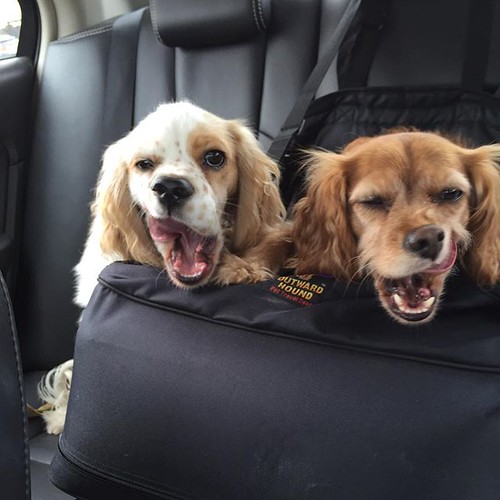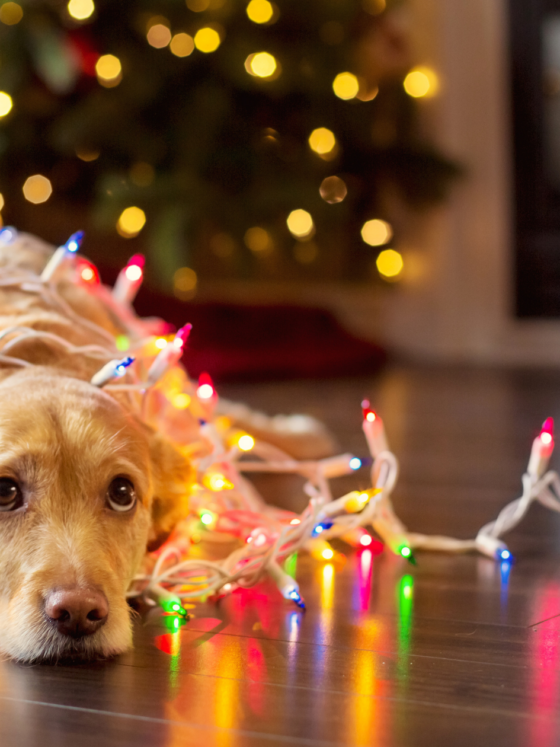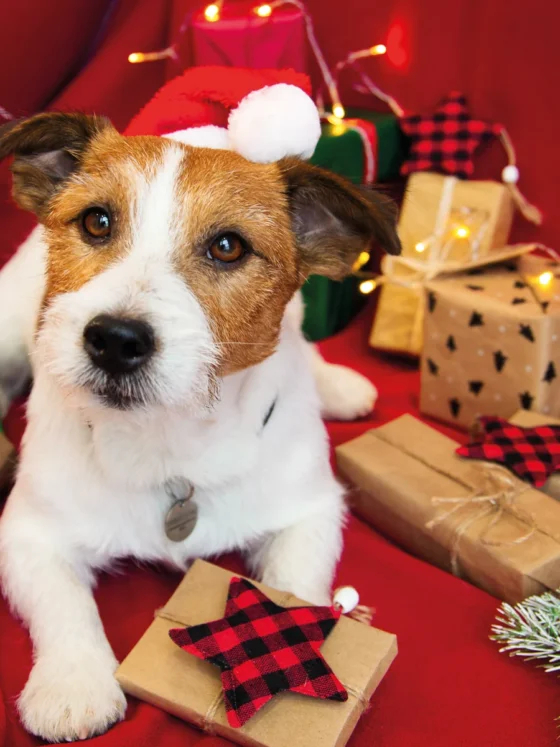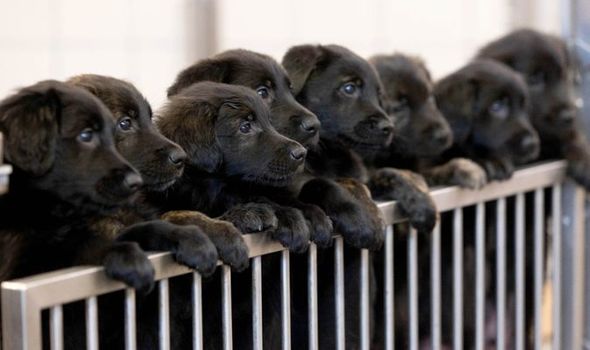Large dogs often possess large hearts, which can present significant challenges. Whether you’ve just adopted a Great Dane or your Labrador pup is growing faster than expected, learning how to train and care for a large dog is key to keeping your home calm, joyful, and slobber-free (well, mostly).
Here is your comprehensive guide to raising a large dog that is not only well-behaved but also a complete joy to be around.
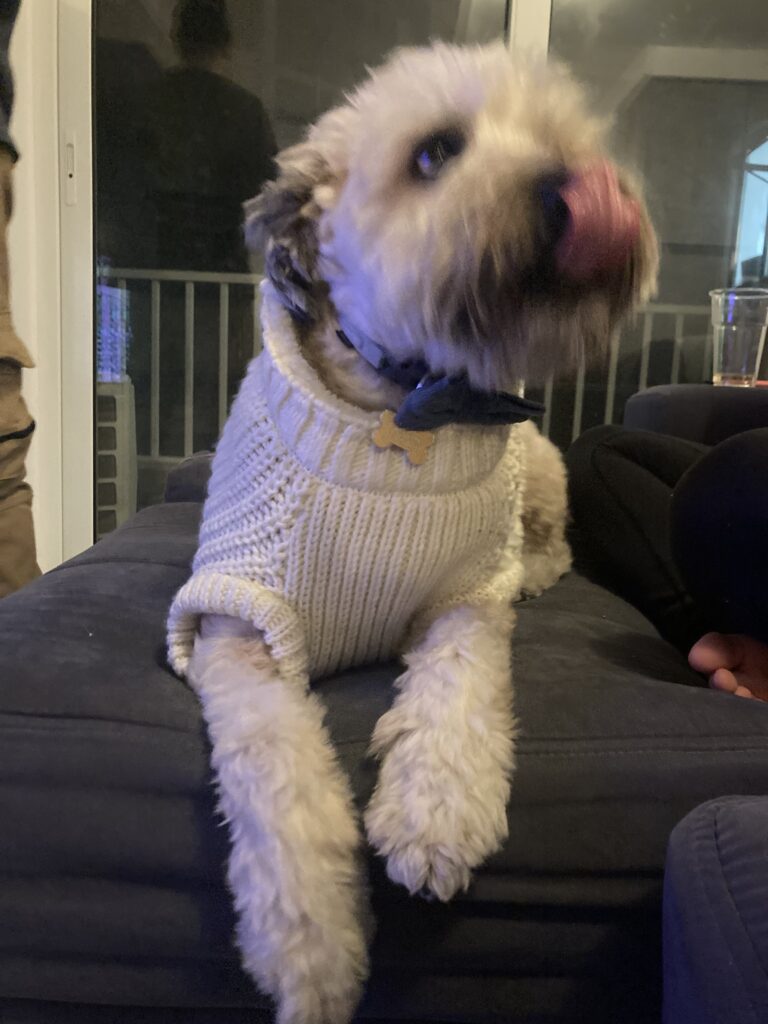
Big Dog, Big Responsibility
Large dogs are known for their loyal, loving nature. They’re often gentle giants—slow to anger, big on cuddles, and total softies once trained. But without proper handling, that size can become a serious issue. Jumping, pulling, and not listening aren’t adorable when your dog weighs 40 kg.
Before even bringing home a large breed, think practically:
- Do you have enough space in your home and yard?
- Can you afford more food, larger beds, and regular training?
- Are you committed to consistent daily exercise?
If your answer is affirmative, you’re already making progress.
RELATED: How to Create a Pet-Friendly Home Without Losing Your Aesthetic
1. Master the Art of Healing
One of the most important commands for a big dog? Heel.
Large breeds are powerful—one excited lunge and they can drag you halfway down the street. Teaching your dog to walk calmly on a leash is essential, and it starts with the right tools. Look for a durable, weight-rated collar or harness that gives you better control without hurting your pet.
Training Tips:
- Keep treats in your pocket or hand as you walk
- Reward them for staying beside you or sitting on command
- Never yank—use positive reinforcement
- Be patient. Consistency is key
With the right technique, walkies become enjoyable (and even Instagrammable!).
SEE ALSO: Top 10 Dog Breeds for First-Time Pet Parents

2. Handle Jumping—Gently
Let’s be honest: your fully grown Rottweiler jumping up for a cuddle is more terrifying than cute. But they don’t mean harm—they’re just excited to see you.
Rather than scolding, focus on redirecting behaviour.
What to Do:
- Teach a solid “sit” command
- Ask for a seat before they greet anyone at the door
- Reward calm greetings with attention and treats
- Ignore the jumping—only reward calm behaviour
The more consistent you are, the faster they’ll learn that keeping all four paws on the ground is what gets them love.
TIP: Teaching “down” and “off” as separate commands can help prevent confusion.
3. Reinforce “Sit” as a Foundation Skill
“Sit” is more than a cute party trick—it’s the foundation of polite dog behaviour.
Use it:
- Before meals
- Before crossing the street
- When greeting new people or dogs
- As a reset during training
How to Train:
- Hold a treat above their nose and move it back over their head
- As they follow it, their butt naturally lowers
- The moment they sit, say “Yes!” or “Good sit!” and give the treat
- Repeat several times a day in short bursts
Once your dog gets it, you can start to layer in other skills like “stay” and “come”.
ALSO READ: Pet Training Basics: What Every Owner Should Know
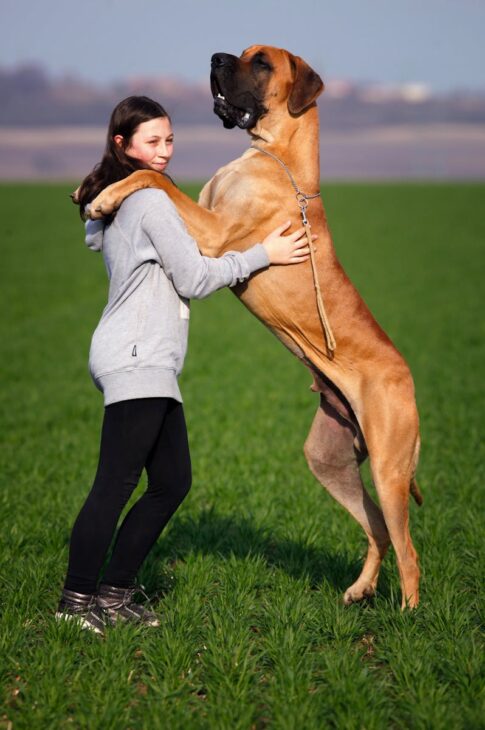
4. Stay Means Stay (Even With Distractions)
A reliable “stay” command is vital—especially with large dogs in public places.
Start at home:
- Ask your dog to sit, then show your palm and say “stay”
- Take one step back, then return and reward them
- Gradually increase distance and distractions
Practice everywhere: your garden, the park, the vet’s waiting room. It’s not about control—it’s about safety.
5. Exercise = A Calm Dog
Large breeds typically have high energy needs, and when that energy isn’t burnt, it shows—chewing, barking, digging, pacing.
Aim for:
- At least one to two hours of daily exercise, depending on breed
- A mix of on-leash walks, off-leash play, and mental stimulation (puzzle toys or sniff walks)
A tired dog = a happy dog (and a happier owner, too).
RELATED: Why Active Pets Need Extra TLC in the Summer
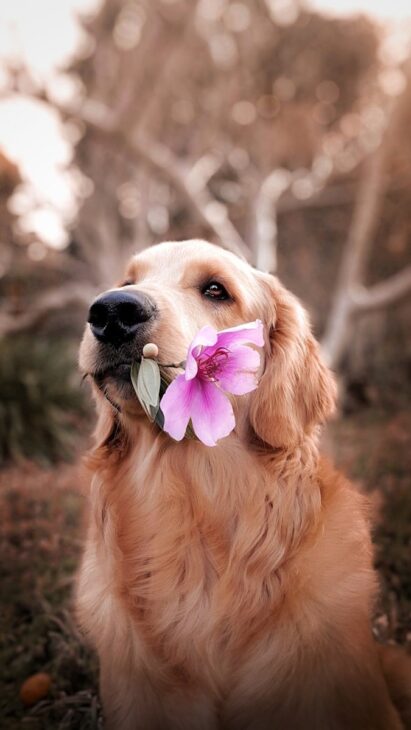
6. Food, Budget, and Grooming—Plan Ahead
Caring for a big dog isn’t just about training—it’s about planning.
Food:
- They’ll eat more, so opt for high-quality kibble suited to their breed
- Avoid overfeeding—large dogs are prone to joint issues and obesity
Budget:
- Bigger dogs = bigger bills: vet care, insurance, grooming, gear
- Set aside a pet emergency fund early on
Grooming:
- Short-haired or long, most big breeds shed
- Brush regularly, invest in a strong vacuum, and keep towels on hand for muddy paws
Final Thoughts: Big Dog, Big Love
Having a large dog can feel like raising a small, furry tank—but with training, patience, and love, they become gentle, loyal companions that enrich your life in ways you never imagined.
Your dog mirrors your energy, structure, and habits. Put in the time early, and you’ll have a best friend who’s not only well-behaved but an absolute joy to be around for years to come.









